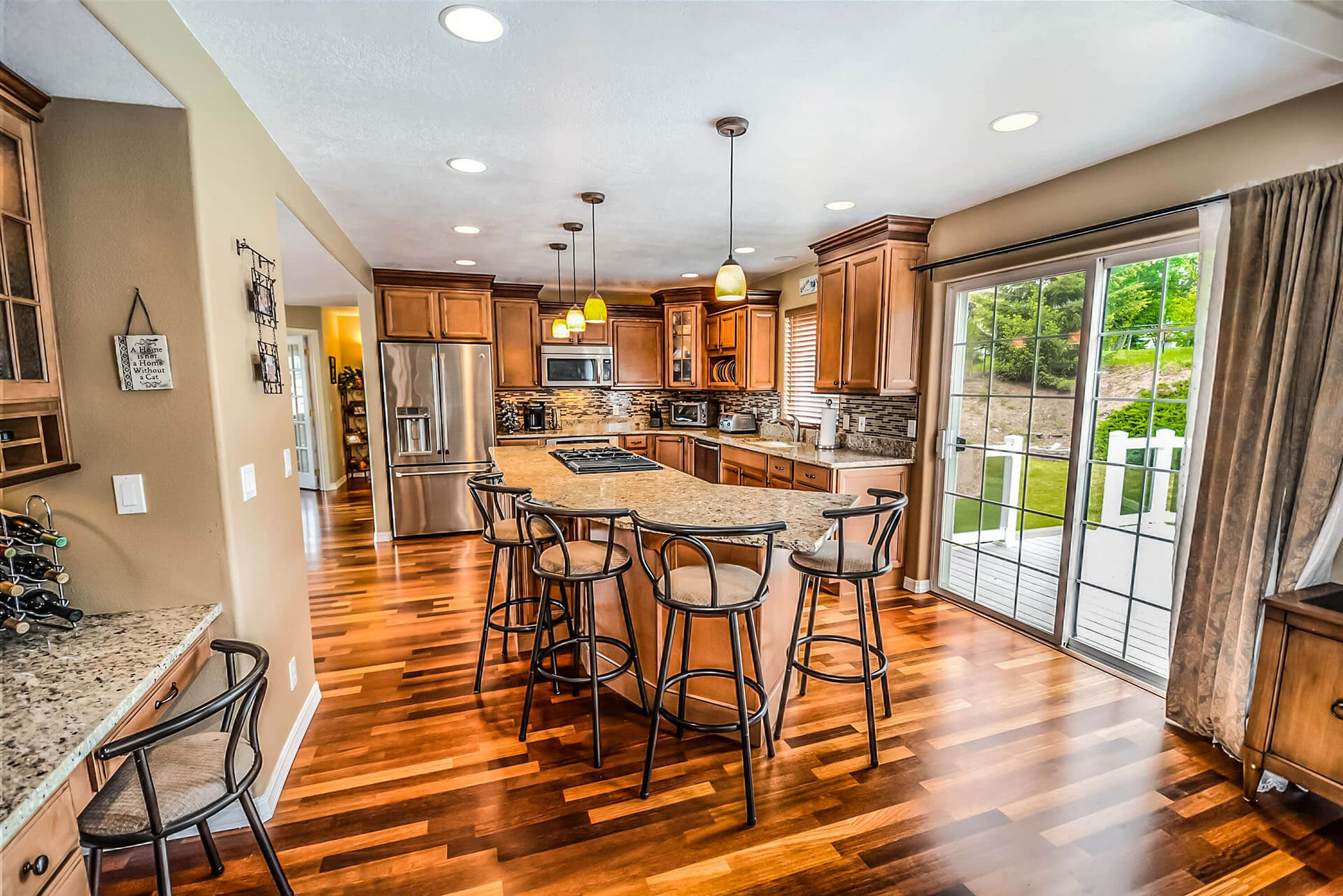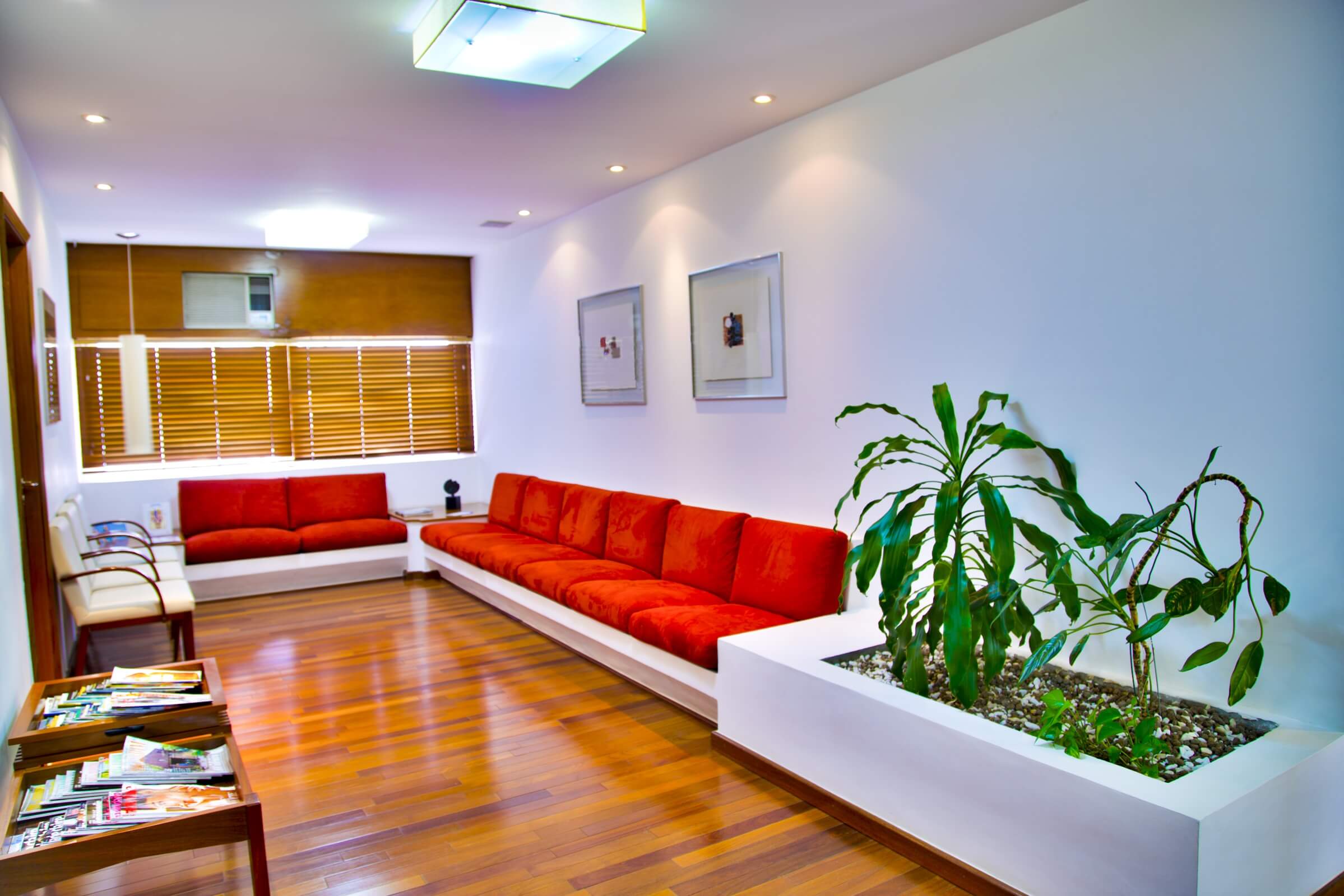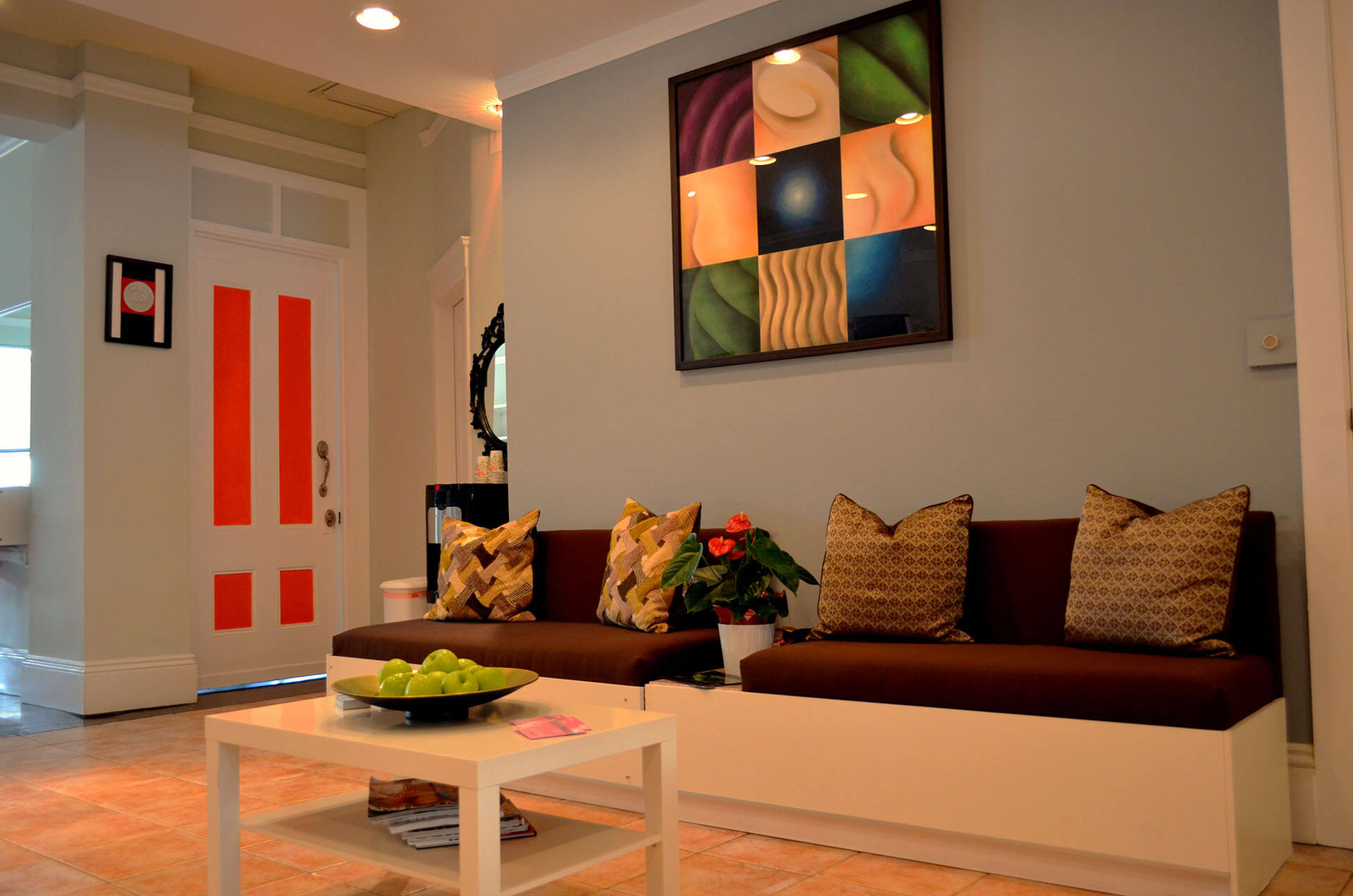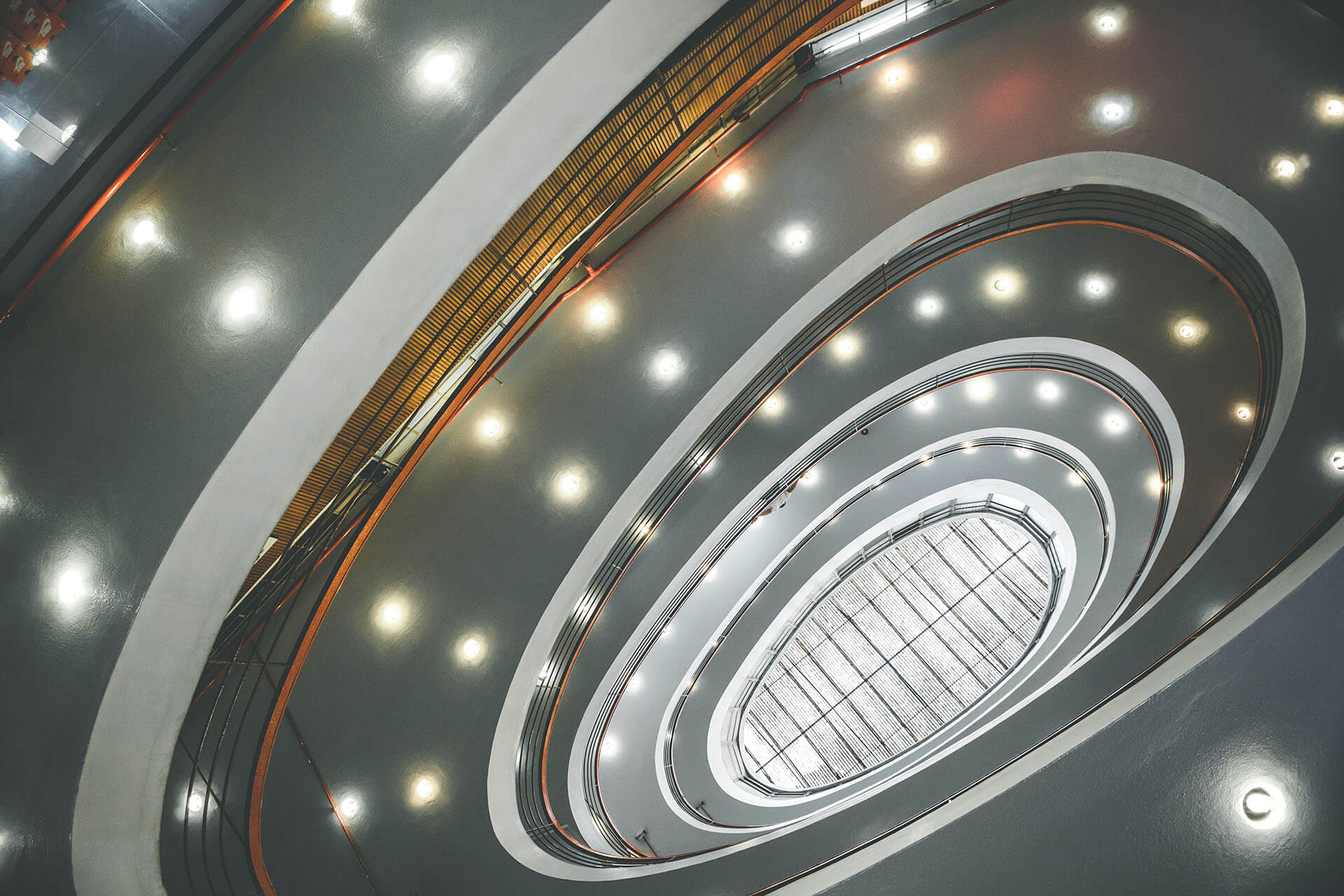
LED downlights (sometimes known as recessed lights, pot lights or can lights) are mostly used for ceiling lighting in kitchens, bathrooms, and commercial environments. They are extremely versatile, and can be used practically anywhere, even outdoors. Here are a few things to consider when buying LED downlights.

Trim
The trim is one of the most important visual aspects of a downlight, as it is one of the only components you will actually see when it is installed. A downlight’s trim doesn’t make any difference to the performance of the light, though, it is just a matter of personal preference.
Downlight trims come in a variety of finishes, from polished or satin chrome, to white, brass and aluminium. White trims are a popular option as they blend in easily with many ceilings.

Colour Temperature
The next thing to consider is the colour temperature of the downlight bulb. Warm white, from 2700K-3200K, is suited to relaxed areas such as living rooms and bedrooms. Cool white temperatures above 4000K tend to work better in kitchens and bathrooms, where a clearer light would be more beneficial.
For more information on colour temperatures, see here.

Beam Angle
A bulb’s beam angle tells you how wide or narrow its beam of light is. If you're using a downlight for accent lighting, or to highlight specific areas or objects in a room, then a narrow beam spread – between 20°-40° – would be best.
A wider beam spread, between 100-120°, would be better suited for general purpose lighting.

Lumens and Wattage
The brightness of a bulb is one of its most important characteristics and, like colour temperature, can make a big difference to the look and feel of a room.
A bulb's wattage tells you how much power goes into the bulb, but it has no relation to the light it emits. The brightness of a light bulb is instead measured in lumens (lm). A bulb for general use around the home might have a lumens count anywhere between 300-800lm, but they can range anywhere from 150-20,000lm.

Placement
The placement of a downlight can have a big affect on its performance. Placing downlights too close together can result in inconsistent lighting around a room, extremely bright in the centre, but dim around its perimeter.
Evenly space downlights across a room to make sure the light they emit is comfortable and non-distracting. Remember that a light’s fitting may be a lot larger than the light itself, so take this into account when measuring up.

Fire-rated downlights
Fire-rated downlights are becoming more and more common in homes as well as businesses, as consumers become more safety conscious. While standard downlights of any quality are rigorously tested, fire-rated downlights meet stringent fire safety standards.
The extra protection that fire-rated downlights offer can make a big difference in the event of the fire, both to a building and its inhabitants.

 UK's #1 Specialist LED Retailer
UK's #1 Specialist LED Retailer
 Free Delivery Orders Over £50
Free Delivery Orders Over £50
 28 Day Returns Quality Guarantee
28 Day Returns Quality Guarantee